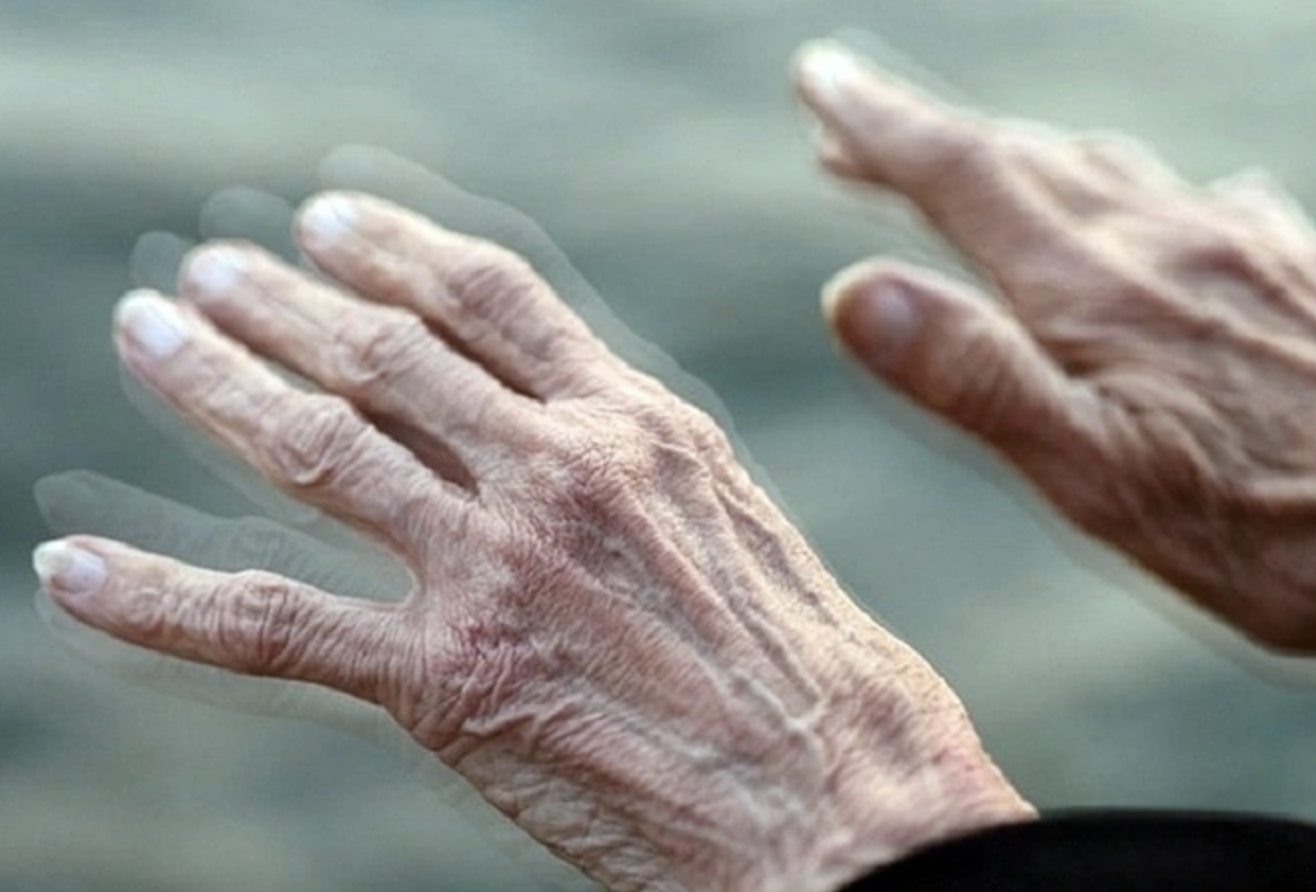Parkinson's disease is a common neurodegenerative disorder, affecting about 2-3% of the population aged 65 and over.
The cause of the disease is still unknown. Factors considered to be risks include age, sex, environment, occupation, and genetics.
Bui Thi Nhu Ha, a rehabilitation specialist at the Traditional Medicine Department of the University of Medicine and Pharmacy Hospital in Ho Chi Minh City - Facility 3, said that people with Parkinson's disease often experience movement disorders, including:
Tremors:
This is the most easily recognizable and detectable symptom. It occurs frequently and noticeably at rest, decreases during intentional movement, disappears during sleep, and gradually increases during stress and anxiety.
In severe cases, tremors can affect the lips, tongue, and chin. It initially starts on one side, gradually spreading from the upper body down to the legs and the opposite side.
Patients may also experience rhythmic tremors in the index finger (pill-rolling tremor).
 |
Continuous tremors at rest are a primary symptom of Parkinson's disease, significantly affecting the patient's mobility. Photo: Medere |
Muscle stiffness:
This is one of the main symptoms of Parkinson's disease, present in about 89% of cases.
Muscle stiffness causes muscle tension, contractions, and pain, hindering movement (mostly in the flexor muscles of the body). When moving, it is difficult to coordinate arm movements (difficulty swinging arms).
Slow or absent movement:
Patients experience slow movement, difficulty initiating and reduced movement. Daily activities are limited, with difficulty performing intentional movements such as rapid alternating movements. They cannot perform multiple actions simultaneously or swing their arms while walking.
Daily activities become slow and difficult. Fine motor movements in the hands are limited. Facial expressions become blank with little emotion, and movements of the lips, tongue, and chin slow down.
Postural instability and disorders:
Coordination of limb movements and balance are impaired. The patient's posture: slight flexion of the hips, knees, elbows, and arms.
Walking involves small, short, slow steps, leaning forward, with sudden freezing and stiffness. Walking straight quickly becomes difficult to stop, and turning as desired is challenging.
In addition to the above movement disorders, people with Parkinson's disease may experience other issues such as:
: Skin disorders: increased sebum secretion, sebaceous gland inflammation.
: Urinary disorders, orthostatic hypotension.
: Digestive disorders, constipation.
: Reduced sense of smell.
: Depression, anxiety, sleep disturbances.
: Cognitive decline, dementia.
Although there is currently no complete cure for the disease, early diagnosis and treatment can slow its progression.
Medication can reduce tremor and stiffness symptoms, making it easier for patients to move and perform daily activities. In addition, exercise and physical therapy or therapeutic activities can help patients improve motor function, maintain balance, increase independence, and slow the development of movement disorders caused by Parkinson's disease.
Patients should consult a doctor for diagnosis, treatment, and a long-term exercise program.
My Y












